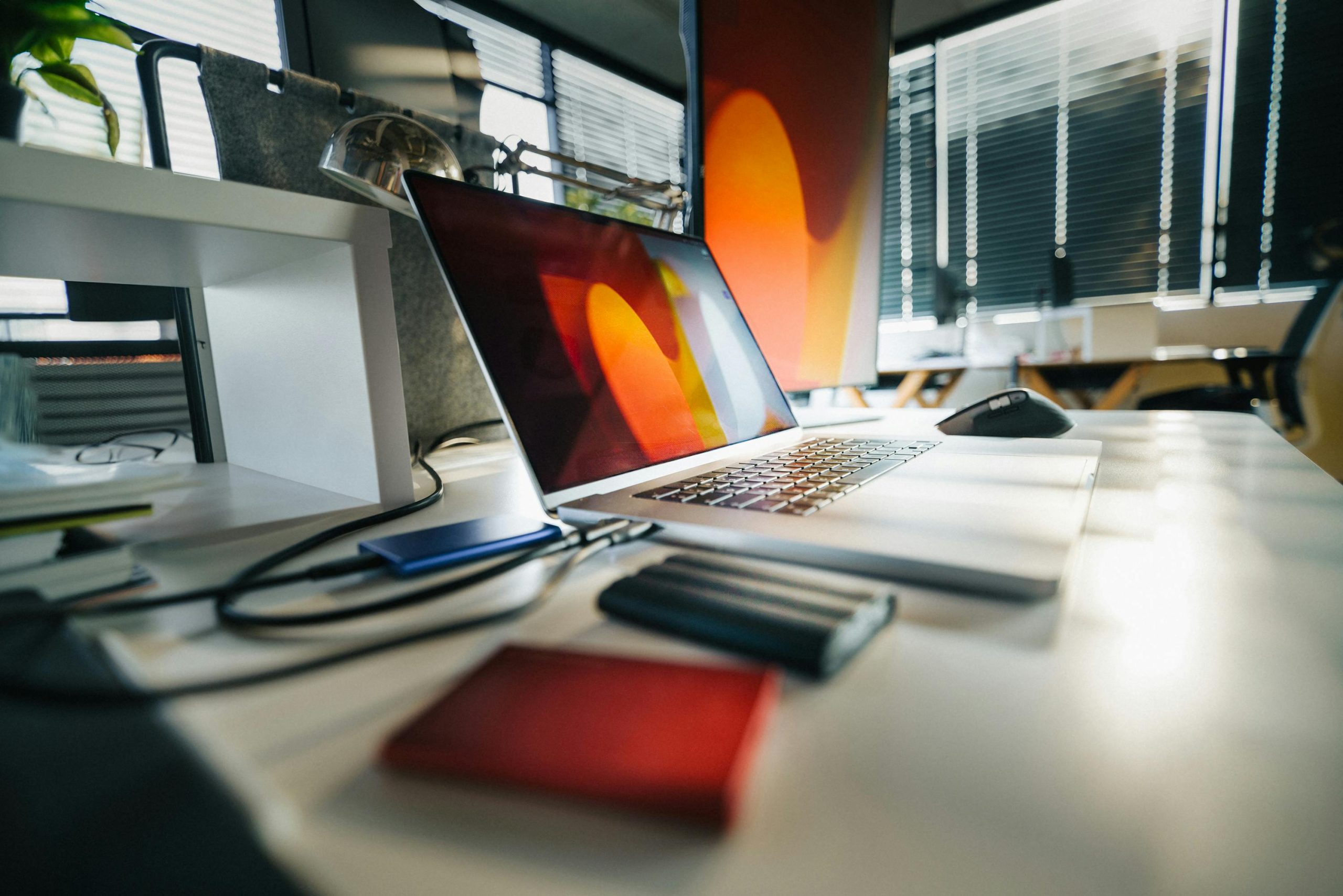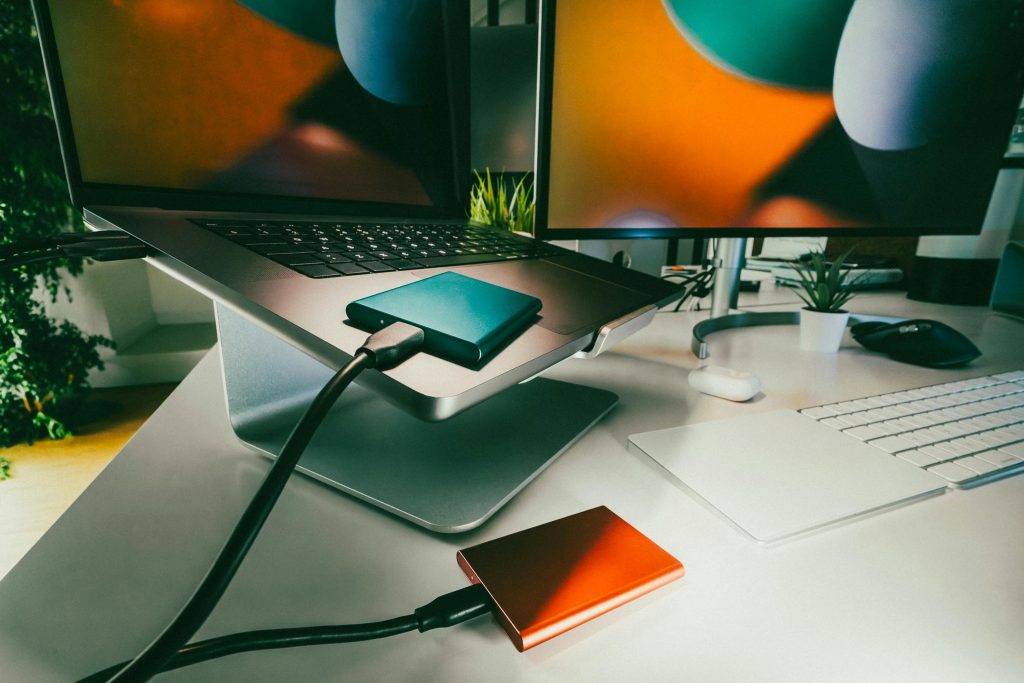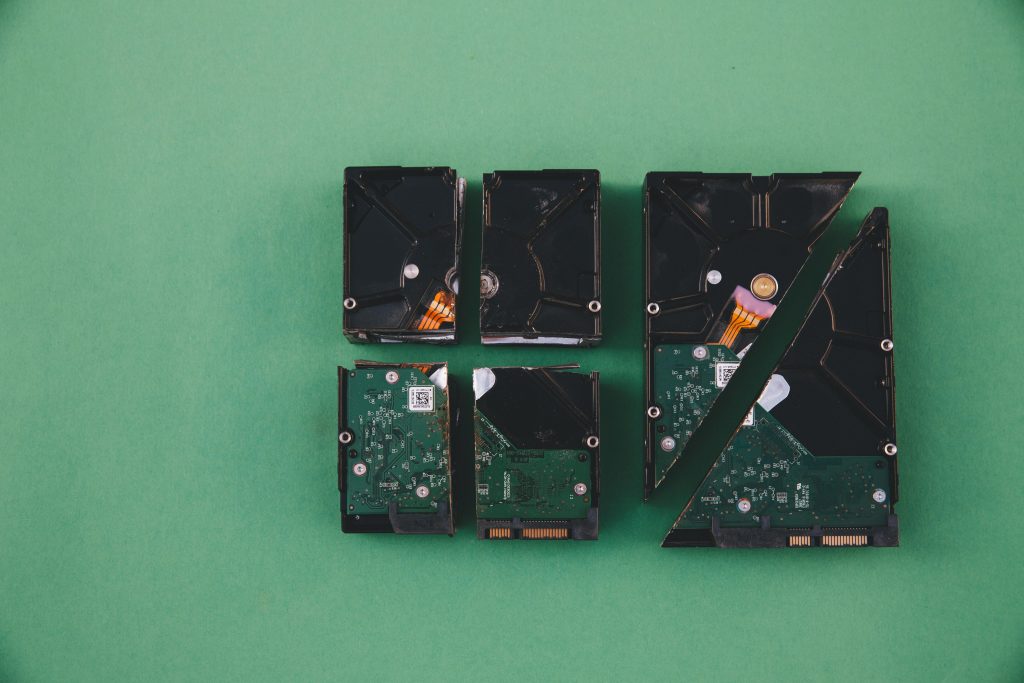Title: Troubleshooting a Non-Responsive External Hard Drive: Steps to Diagnose and Fix the Issue
facing a problem with an external hard drive that suddenly becomes unrecognizable or fails to power on can be frustrating. If your hard drive was initially displaying errors such as “USB not recognizable” and has since ceased to spin or even power up, understanding potential causes and remedies is essential. This article outlines practical steps for diagnosing and possibly resolving the issue, along with advice on seeking professional assistance.
Understanding the Situation
Initially, your external hard drive exhibited a common connectivity issue, prompting error messages like “USB not recognizable” across multiple laptops. Despite this, the drive’s indicator LED was blinking and the drive was spinning, indicating some level of power and activity. However, subsequent attempts to access the drive have failed, and now the device shows no signs of power—no spinning, no LED activity. This progression suggests a more serious hardware problem, possibly related to power supply, internal components, or data corruption.
Possible Causes
- Faulty USB Cable or Port: Although you’ve already tested a new USB cable, it’s worth double-checking by trying different USB ports or another computer altogether.
- Power Supply Issues: If the drive is externally powered, the power adapter might be failing.
- Internal Hardware Failure: Age-related wear and tear (your drive is approximately 10-12 years old) can lead to component failure.
- File System Corruption: Severe corruption might prevent the drive from initializing properly.
- Physical Damage: Accidental drops or impacts can cause internal damage, especially in older drives.
Recommended Troubleshooting Steps
-
Test with Different Cables and Ports
Ensure that the USB cable is functional by testing with another known working cable. Try connecting the drive to different USB ports and computers to rule out port issues. -
Check Power Supply (if applicable)
If your external hard drive uses an external power adapter, verify that it is delivering adequate power. If possible, test with a different compatible power adapter. -
Listen for Unusual Sounds
When attempting to power on the drive, listen carefully for clicking, grinding, or buzzing noises. These can indicate mechanical failure in the drive’s internal components. -
Connect via a Different Interface
If your drive has multiple connection options (e.g., USB 3.0, eSATA), try an alternative interface to rule out interface-specific issues. -
**Use a Drive
Share this content:



